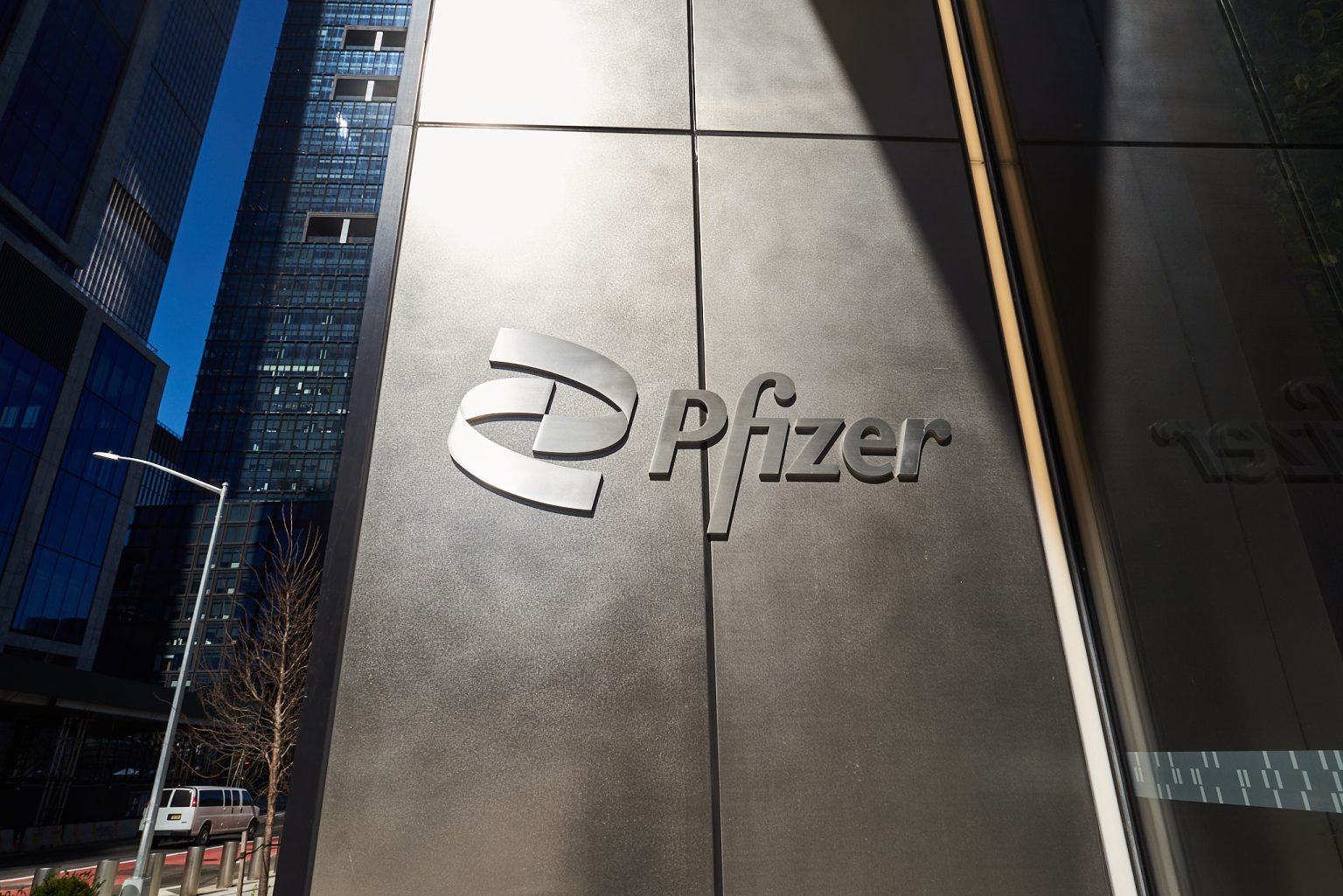Pfizer’s Recent Layoffs in Bothell Highlight Ongoing Challenges Following Seagen Acquisition
In a significant development affecting the Seattle-region biotech landscape, pharmaceutical giant Pfizer has announced the layoff of 100 employees at its Bothell, Washington facility. This reduction in workforce, disclosed through a filing with the state Employment Security Department on Monday, represents another challenging chapter in Pfizer’s integration of Seagen following its massive $43 billion acquisition in 2023. The move impacts a portion of Pfizer’s approximately 1,667 employees in the Seattle region, according to LinkedIn data, and signals continued operational adjustments as the company navigates post-acquisition realities in an increasingly competitive pharmaceutical marketplace.
These recent layoffs aren’t isolated but rather part of a pattern of strategic realignments since the Seagen acquisition. Earlier this year, Pfizer made the difficult decision to discontinue development of an antibody-drug conjugate (ADC) that came with the Seagen purchase, resulting in a substantial $1 billion impairment charge. This technical setback represented a significant financial challenge for the company and raised questions about the long-term value proposition of the acquisition. Additionally, last year Pfizer halted construction on what would have been a state-of-the-art 270,000 square-foot manufacturing facility that Seagen had started building near its headquarters, a decision that resulted in approximately 120 employee layoffs at that time. These successive workforce reductions and project cancellations suggest Pfizer is carefully reassessing its investment priorities and operational footprint in the region.
The history behind this situation adds important context to understanding the current developments. Seagen, founded in 1998 as Seattle Genetics, grew to become the Seattle area’s largest biotech company by the time of its acquisition, with approximately 3,300 employees worldwide. The company made its mark in the pharmaceutical world by pioneering the development of antibody-drug conjugates (ADCs), an innovative class of cancer therapies that use antibodies to deliver toxins or other small molecules directly to targeted cells. This groundbreaking approach to cancer treatment made Seagen an attractive acquisition target, bringing four established oncology drugs into Pfizer’s portfolio and expanding the pharmaceutical giant’s presence in the growing field of precision cancer treatments. The acquisition represented one of the largest biotech deals in recent years and was viewed as a strategic move to bolster Pfizer’s oncology pipeline.
The Bothell facility has particular significance in this narrative as it became a key operational hub for Pfizer following the Seagen acquisition. The Seattle region’s robust biotech ecosystem, with its deep talent pool and research institutions, initially made it an attractive location for Pfizer to maintain and potentially expand operations. However, the recent layoffs suggest a possible recalibration of Pfizer’s regional strategy. While Pfizer hasn’t provided detailed explanations for the specific roles eliminated or how these cuts fit into broader company plans, the pattern of reductions raises questions about the company’s long-term commitment to maintaining Seagen’s previous scale of operations in the area. Industry observers note that such post-acquisition adjustments are not uncommon as acquiring companies seek to eliminate redundancies, optimize resources, and align operations with their broader strategic objectives.
The human impact of these layoffs extends beyond numbers on a corporate balance sheet. For the 100 employees affected by this most recent reduction, the announcement represents professional disruption and personal uncertainty. Many of these individuals likely contributed to Seagen’s growth and scientific innovations over years or even decades. The biotech sector typically employs highly specialized workers with advanced degrees and specific technical expertise, making career transitions potentially more challenging. However, the Seattle region’s robust life sciences ecosystem may provide opportunities for displaced workers to find positions at other biotech firms or research institutions. Local economic development officials and industry groups are likely monitoring the situation closely, concerned about both the immediate impact on affected employees and the potential longer-term implications for the region’s biotech sector if Pfizer continues to reduce its footprint.
Looking ahead, these developments raise important questions about the future of Pfizer’s presence in the Seattle region and the broader implications for biotech acquisitions. While corporate consolidation has been a consistent trend in the pharmaceutical industry, the challenges Pfizer has encountered with the Seagen integration—from the ADC development discontinuation to multiple rounds of layoffs—highlight the complexities of successfully absorbing innovative biotech companies into larger pharmaceutical organizations. Industry analysts will be watching closely to see whether Pfizer can ultimately realize the scientific and commercial potential that motivated its $43 billion investment in Seagen, particularly in the promising field of antibody-drug conjugates. For the Seattle biotech community, these events serve as a reminder of how quickly fortunes can change in this dynamic industry, where scientific breakthroughs, regulatory decisions, and corporate strategies continuously reshape the landscape for companies and their employees.


